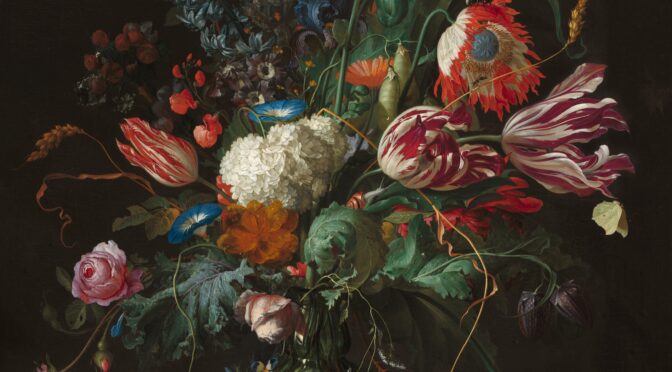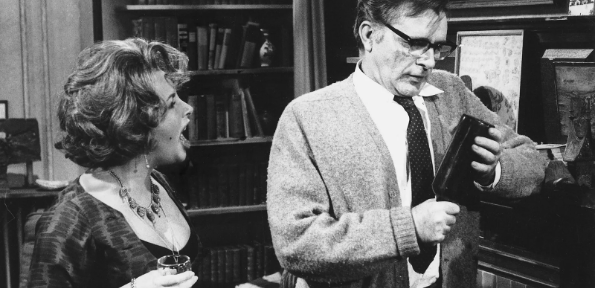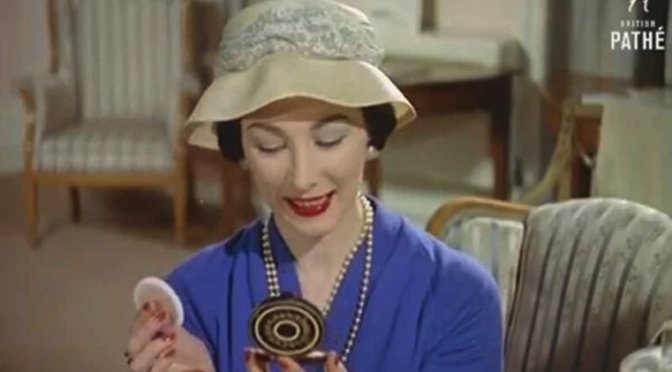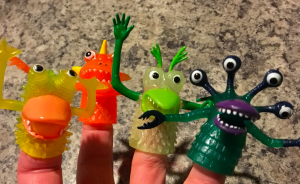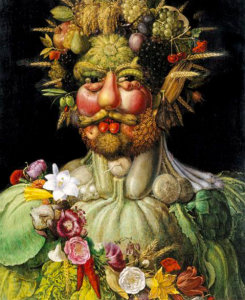It’s not too late to try, to try again, to stop doing the things that hurt you. If you’re still here, it’s not too late.
I’ve had to restart my life over and over. It’s been hard, exhausting, frustrating, expensive. I made mistakes, undervalued myself and my skills, and thought I could do more than was possible for me. I trusted some—even some family members—who gaslit, stole from, lied to, and even betrayed me. But I trusted others who’ve repaid me for my trust over and over again.
I went to places where I felt out of my depth and believed I was a huge failure. And there I met wonderful friends who saw me struggle but still believed in me. I’ve made friends half my age and twice my age, and they’ve taught me many things I couldn’t learn without them. I’m grateful that I didn’t give up on myself or them.
No, I didn’t give up on myself or the world. I knew I had to be strong for my child, and her love and faith in me made me stronger. I didn’t stoop to thinking that everyone was bad just because some people treated me badly. I learned to be more humble (and I’ll need to keep on learning that, painfully but importantly, till I die). I’ve hated the embarrassment and humiliation that taught me important lessons. Emotional suffering is not a gift; it’s torn me up. But I have indeed learned from misfortune. It made me both stronger and more tender.
Life has taught me to be tenacious, to try over and over—I learned this so well that I’ve many times made myself ill with effort. But I also learned how to at last move on when situations were clearly not healthy and not fixable. I learned that sometimes relationships of various kinds—business, romantic, friendship—can’t work even when both people are kind, honest, and good. That doesn’t mean they were always wrong or bad, nor that they weren’t worth trying. Sometimes they simply run their course, at least in one form. And sometimes exes make marvelous friends.
I’m much better at taking breaks and stepping away from emotionally dangerous people now. I still work on trusting that doing the best I can is good enough. It doesn’t seem to be so, and I can’t attain many of my goals. I disappoint myself daily. But I try to forgive myself for not being the perfect child my parents taught me I should be to be worthy of love and respect.
I do try. I do.
I’ve learned some bad things by having to get back up on the horse after so many falls. I learned to be more anxious. I learned to not trust that someone else would necessarily be there if I fell. I learned that a few of the people who loved me could be cruel. Some actively wanted to hurt me. But those people are few, and I’m not in contact with them anymore.
I have a lot of emotional scars. My body can’t do all it once could. I hurt every day, and probably will every day from here on out. But I’m still glad to be here. Not all the time, of course. I’m frightened of the fragility of democracy, of the consequences of Earth’s battered ecosystem, of the rise in fascism, and the increases in incivility and actively hateful rhetoric and action. But my fears aren’t enough to make me quit. We’re still here, and I’m glad. We can still start new things. We can make and do and sing and fix things. We can love.
I’m glad you’re here with me. Let’s start something.

